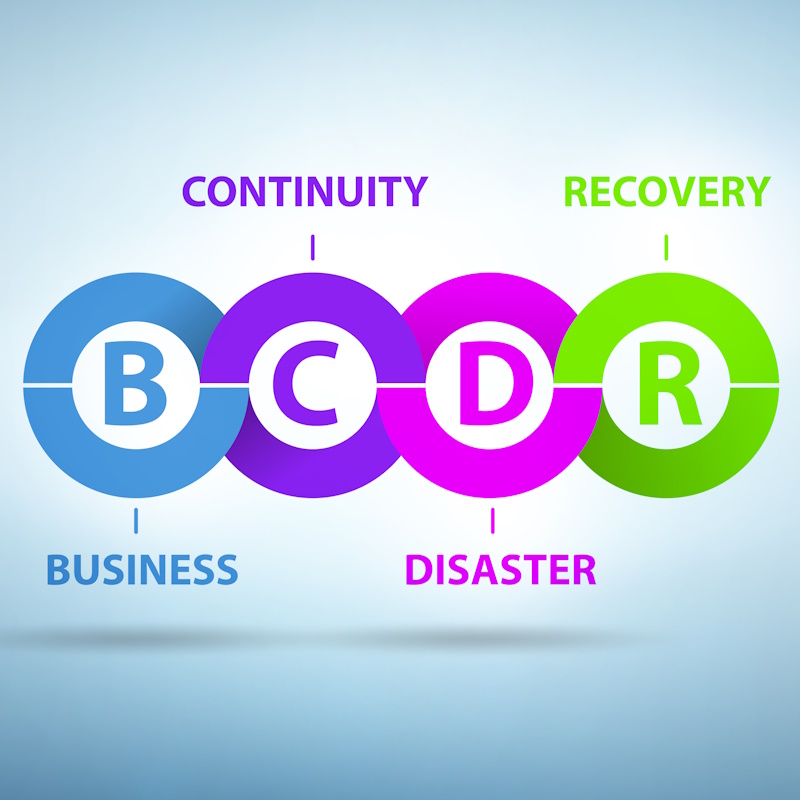Recent Posts
Categories

In today’s increasingly digital world, it is critical for small to medium sized businesses (SMBs) to take steps to reduce cyber supply chain risks. Cyber threats can come from a variety of sources, including malware, phishing attacks, and unauthorized access to sensitive information. With the growing reliance on technology, it is more important than ever for SMBs to understand how to reduce these risks and ensure the security of their data and systems. The importance of managing supply chain IT risks cannot be overstated. Supply chain IT risks can come in many forms, from security breaches to software failures, and can have a significant impact on the operations and success of SMBs. In this blog, we will outline best practices for managing supply chain IT risks, and provide insights into how SMBs can protect themselves from these risks.
Here are some best practices that SMBs and IT professionals can follow to reduce cyber supply chain risks:
Evaluate Third-Party Vendors
When it comes to supply chain risk, third-party vendors are often the weakest link. It is important for SMBs to thoroughly evaluate their third-party vendors, including their security policies and practices, to ensure that they are trustworthy and secure. This evaluation should include regular assessments and risk assessments, as well as thorough background checks on all employees.
Implement Strong Password Policies
One of the simplest ways to reduce cyber supply chain risks is to implement strong password policies. This includes requiring complex passwords, regularly changing passwords, and implementing multi-factor authentication for all accounts. In addition, it is important to educate employees about the importance of strong passwords and the dangers of weak passwords.
Use Antivirus and Anti-Malware Software
Antivirus and anti-malware software are critical tools for reducing cyber supply chain risks. They can help protect against malicious software, such as viruses and spyware, that can compromise the security of your systems and data. It is important to choose a reputable antivirus and anti-malware solution and to keep it updated with the latest definitions.
Monitor Network Traffic
Monitoring network traffic is an important component of reducing cyber supply chain risks. This can be done using tools such as intrusion detection and prevention systems, firewalls, and network monitoring software. By monitoring network traffic, SMBs can identify and respond to potential threats in real-time, helping to reduce the risk of a data breach or other cyber attack.
Train Employees
Employee education is critical in reducing cyber supply chain risks. SMBs should educate their employees about the dangers of cyber attacks, including phishing scams, malware, and unauthorized access. In addition, employees should be trained on how to recognize and respond to potential threats, such as suspicious email messages or pop-ups.
Conduct Regular Risk Assessments
Regular risk assessments can help SMBs identify vulnerabilities in their systems and infrastructure. Risk assessments should be conducted regularly to ensure that SMBs have a clear understanding of their security posture and can make changes and updates as necessary.
Implement a Disaster Recovery Plan
A disaster recovery plan is critical for reducing cyber supply chain risks. In the event of a cyber attack or data breach, a well-designed disaster recovery plan can help SMBs quickly respond and minimize the impact on their business. This plan should include a comprehensive risk assessment, as well as clear steps for responding to a breach, including data backup, incident response, and recovery procedures.
Have a Response Plan in Place
SMBs should have a response plan in place in case of a supply chain IT risk event. This plan should include steps for responding to the event, communicating with stakeholders, and restoring operations.
By following these best practices, SMBs can reduce the risks associated with their supply chains and help ensure the security of their systems, to also not be a risk to their customers and vendors. When you need help on implementing these best practices into your business, contact a Trusted IT Partner and our experts will take care of the IT security so you can focus on your business.



